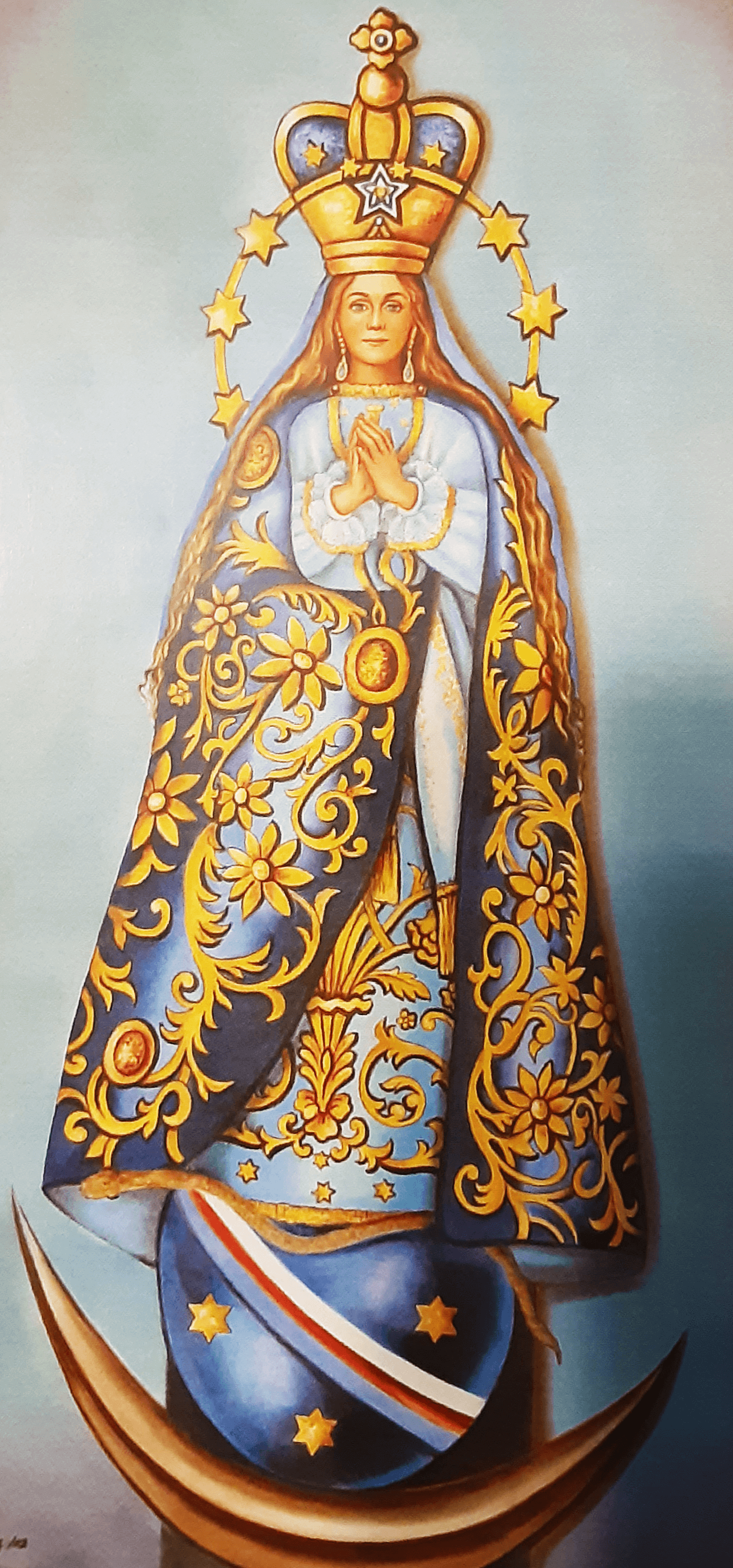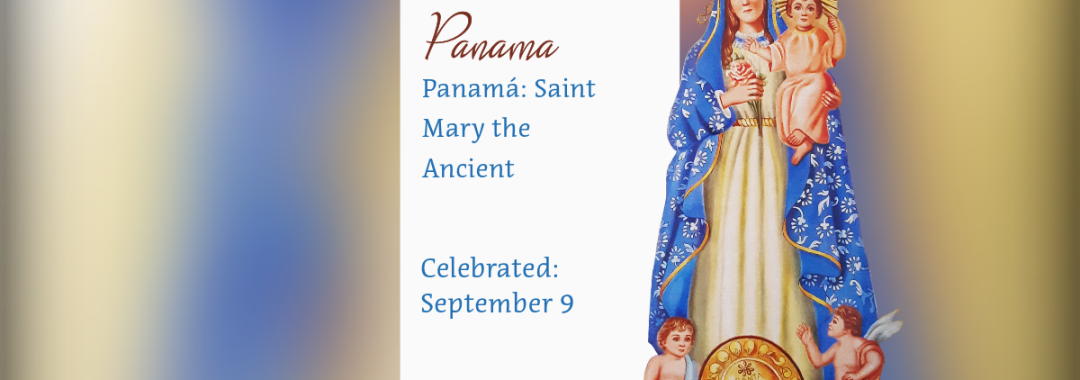
-
3 de febrero
Celebración: 3 de febrero. AnochecÃa un sábado de febrero de 1747. Un humilde labrador por nombre Alejandro Colindres regresaba de sus labores hacia su casa en la aldea de Suyapa; le acompañaba un niño de ocho años llamado Jorge MartÃnez. Al llegar la noche Colindres quiso pernoctar en la quebrada del PiligüÃn, pero un objeto no le dejaba dormir. Lo recogió y lo guardó en su mochila. Al llegar a su casa abrió la mochila y descubrió que el objeto era una pequeña escultura en madera de cedro de seis centÃmetros y medio de la Madre de Dios. Allà comenzó esta devoción a Nuestra Señora de Suyapa que, en 1925, PÃo XI declaró Patrona de la República de Honduras. Misal Romano, tercera edición ©USCCB
-
February 3rd
Celebration: February 3. It was evening on a Saturday in February 1747. A humble farmer named Alejandro Colindres was returning from his work to his home in the village of Suyapa; he was accompanied by an eight-year-old boy named Jorge MartÃnez. When night came, Colindres wanted to spend the night in the PiligüÃn ravine, but an object prevented him from sleeping. He picked it up and put it in his backpack. When he got home he opened the backpack and discovered that the object was a small six and a half centimeter cedar wood sculpture of the Mother of God. There began this devotion to Our Lady of Suyapa who, in 1925, Pius XI declared Patroness of the Republic of Honduras. This is a translation fromMisal Romano, tercera edición©USCCB










